14 Rarely Visited Ancient Ruins You Can Explore Without Crowds
If you are looking for a unique adventure, exploring ancient ruins can be a truly unforgettable experience. Many of these sites have been overlooked by the masses, offering a quieter way to step back in time. The beauty of discovering these hidden gems lies in the solitude they offer, letting you experience history in a more personal way. With fewer tourists around, you can fully immerse yourself in the rich stories these ruins tell. So, pack your bags and get ready to uncover some of the world’s most fascinating ancient treasures.
This post may contain affiliate links, which helps keep this content free. Please read our disclosure for more info.
Sukhothai, Thailand
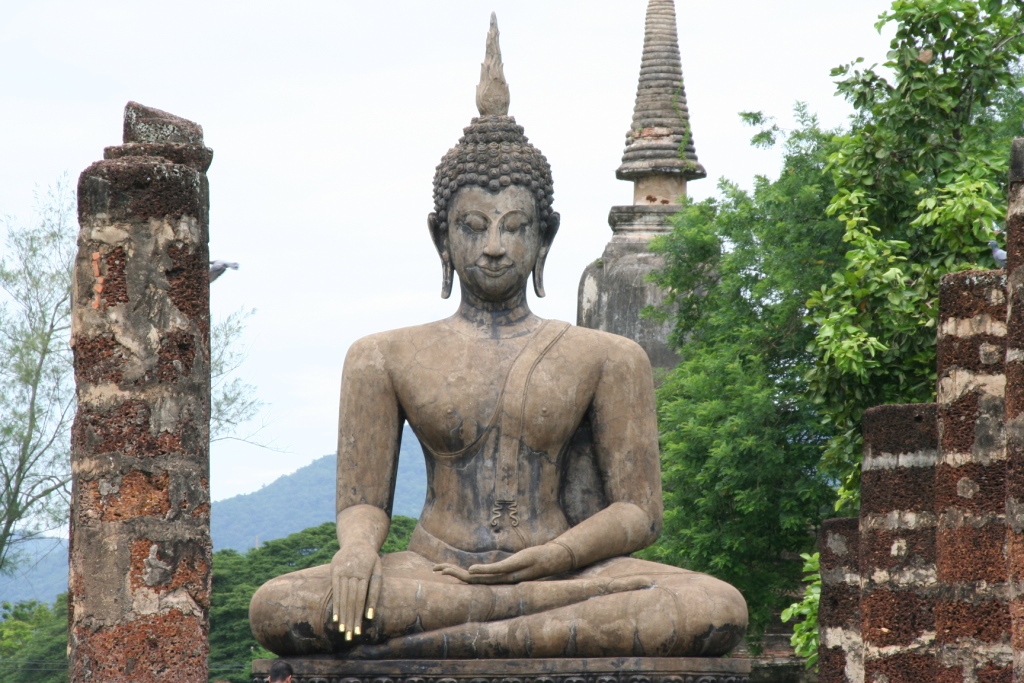
Sukhothai was the capital of the first Kingdom of Siam, and its ruins are scattered across a lush, tranquil park. This UNESCO World Heritage site is often less crowded than its counterparts in Southeast Asia. Visitors can explore stunning temples, Buddha statues, and lotus-filled ponds while soaking in the peaceful atmosphere. The calm nature of the park makes it an ideal spot for reflection and a deeper connection to Thailand’s history.
The park offers a unique glimpse into early Thai architecture and urban planning. The most famous structure, Wat Mahathat, features an impressive lotus-bud chedi and beautifully preserved carvings. You can explore the ancient city at your own pace, with plenty of shaded areas for rest. It is the perfect destination for anyone who enjoys a slow-paced exploration of history.
Petra, Jordan

Petra is often overshadowed by its more crowded counterparts, but it remains one of the most impressive ancient cities in the world. Known for its rock-cut architecture, Petra’s structures blend seamlessly into the desert landscape. While many visitors flock to its famous Treasury, the rest of the city remains far quieter, offering a peaceful atmosphere for exploration. The hidden gems of Petra are waiting to be discovered by those willing to wander off the main path.
This ancient Nabatean city, carved into the rose-red cliffs, is a masterpiece of engineering. Petra’s rock-hewn temples and tombs offer a unique insight into the advanced skills of its builders. With fewer tourists in some parts of the site, you can marvel at the intricate facades and stunning views without interruption. For an even more tranquil experience, consider visiting during off-peak seasons.
Banaue Rice Terraces, Philippines
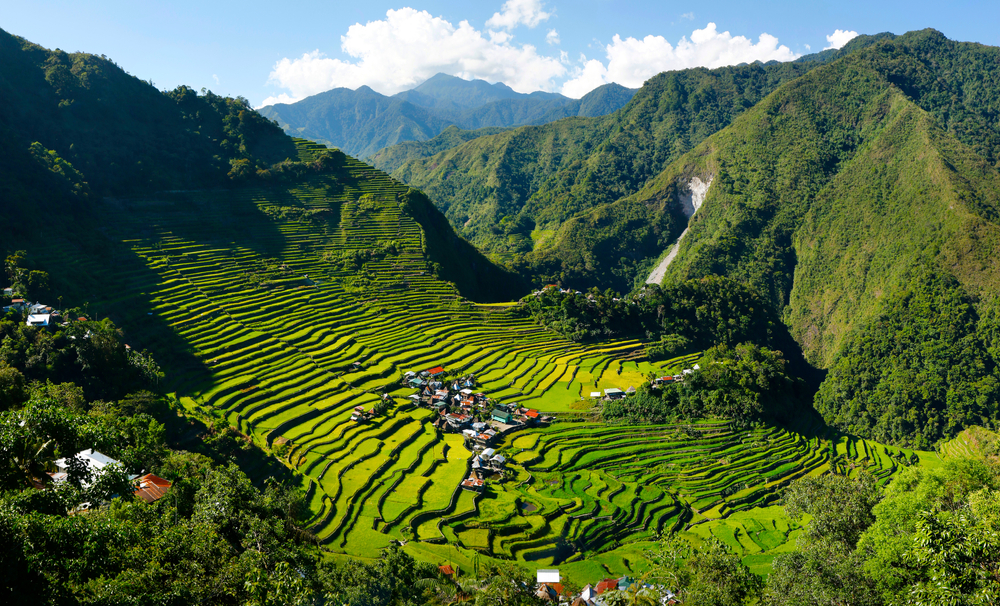
The Banaue Rice Terraces, often referred to as the “Eighth Wonder of the World,” have been carved into the mountains of northern Luzon. These ancient terraces, built over 2,000 years ago by the Ifugao people, are still used for farming today. Despite their historical significance, the terraces see fewer visitors than other well-known attractions in the Philippines. The lush surroundings and fog-covered hills make it an incredibly scenic and peaceful destination.
The terraces are a testament to the engineering genius of the Ifugao people, who built the intricate irrigation systems without modern tools. Visitors can hike along the terraces, exploring the small villages that dot the landscape. These terraces are not just a visual delight, but also an opportunity to experience the culture of the indigenous people who maintain them. It is an ideal place to enjoy both natural beauty and local traditions.
Tikal, Guatemala
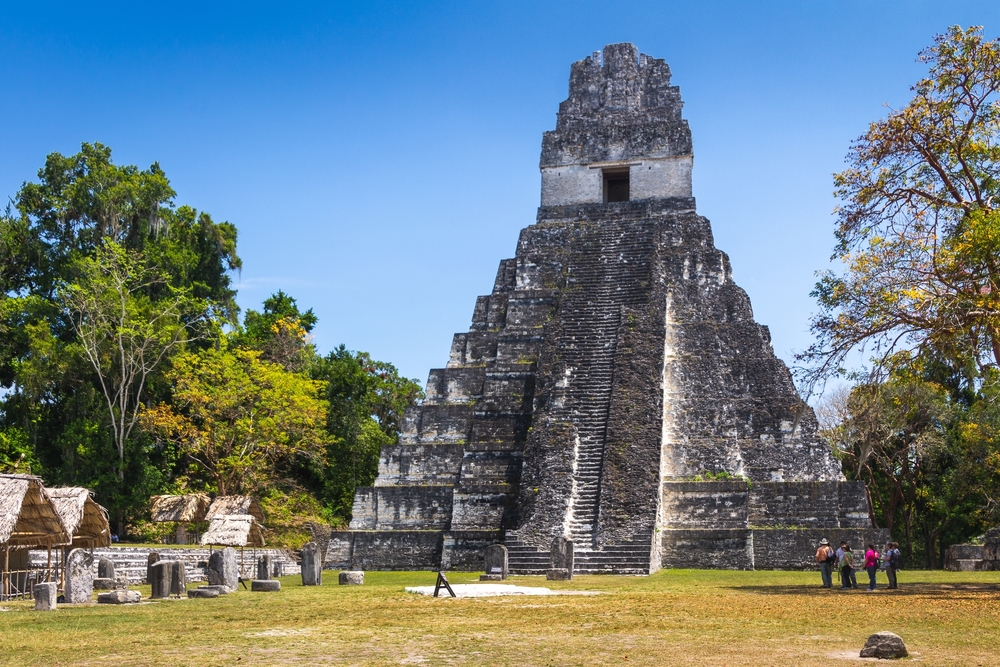
Tikal, located deep in the Guatemalan jungle, was once one of the most powerful cities of the Mayan civilization. The towering temples, pyramids, and ancient plazas are surrounded by dense jungle, adding an air of mystery to the ruins. While Tikal is a popular destination, it is still far less visited compared to other ancient sites. The jungle atmosphere allows visitors to experience both the grandeur of Mayan architecture and the beauty of nature in a calm setting.
The site is home to some of the tallest temples in Central America, with Temple IV offering spectacular views over the surrounding forest. You can walk along the extensive network of paths through the ruins, encountering wildlife such as howler monkeys and tropical birds. Tikal’s remote location ensures that visitors can explore the site without feeling overcrowded. The peaceful environment lets you truly connect with the history of the Mayan world.
Zorats Karer, Armenia
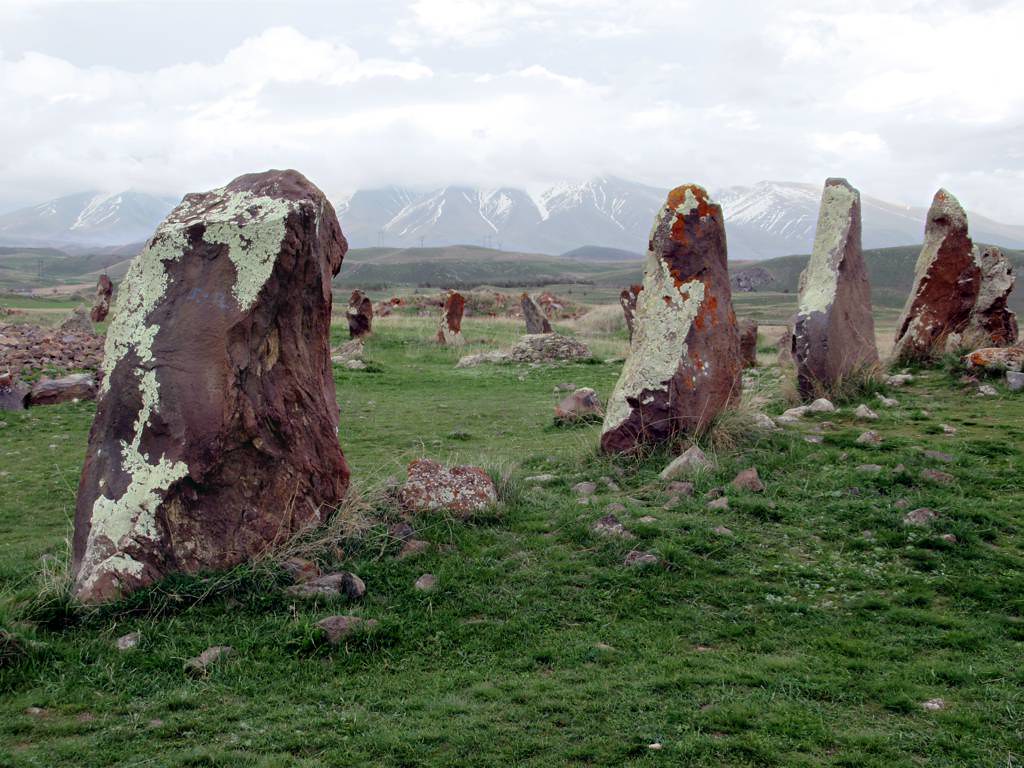
Zorats Karer, often called the “Armenian Stonehenge,” is a fascinating prehistoric site located in the southern part of the country. It consists of hundreds of large stones arranged in a circular pattern, thought to have been used for astronomical purposes. This ancient site is often overlooked by tourists, making it a perfect spot for those seeking a quiet, off-the-beaten-path experience. The peaceful surroundings and stunning mountain views add to its charm.
Zorats Karer dates back over 5,000 years and is one of the oldest observatories in the world. The site is relatively untouched, offering a raw and authentic connection to Armenia’s distant past. Visitors can wander through the stones, many of which have intriguing carvings and alignments to celestial bodies.
Chichen Itza, Mexico (Off-Season)
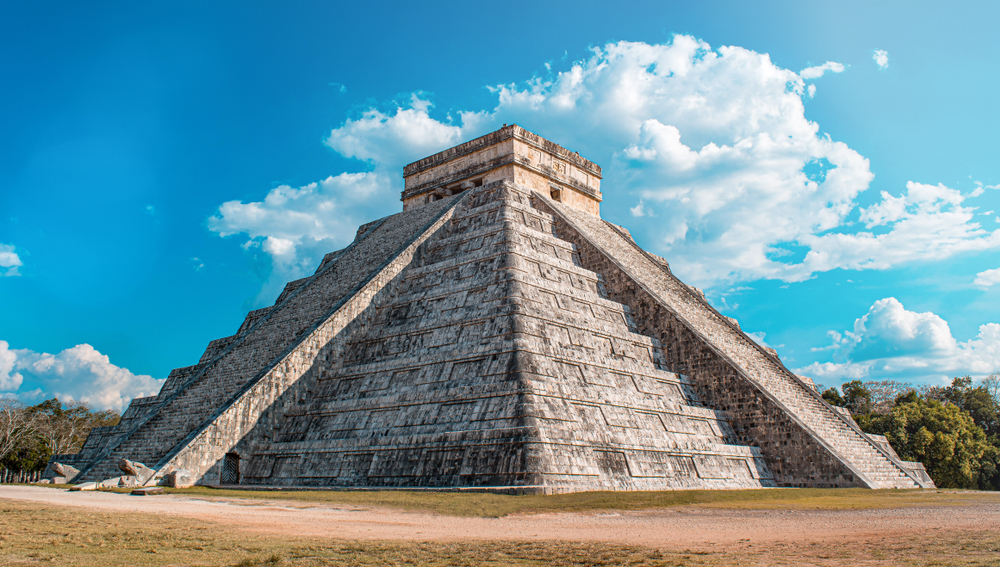
Chichen Itza is one of Mexico’s most famous archaeological sites, but it is often crowded with tourists. However, visiting during off-peak times, such as early morning or late afternoon, can provide a much quieter experience. The site, home to the iconic Pyramid of Kukulcán, offers insight into the advanced Mayan civilization.
The site is renowned for its massive pyramid, which was used as a solar calendar by the Mayans. The lesser-known temples and structures around the site reveal even more about Mayan culture and spirituality. Visiting during off-peak times allows you to take in the grandeur of Chichen Itza without feeling rushed. It is an excellent choice for those who want to enjoy the ancient ruins while avoiding the crowds.
Bhimbetka Caves, India
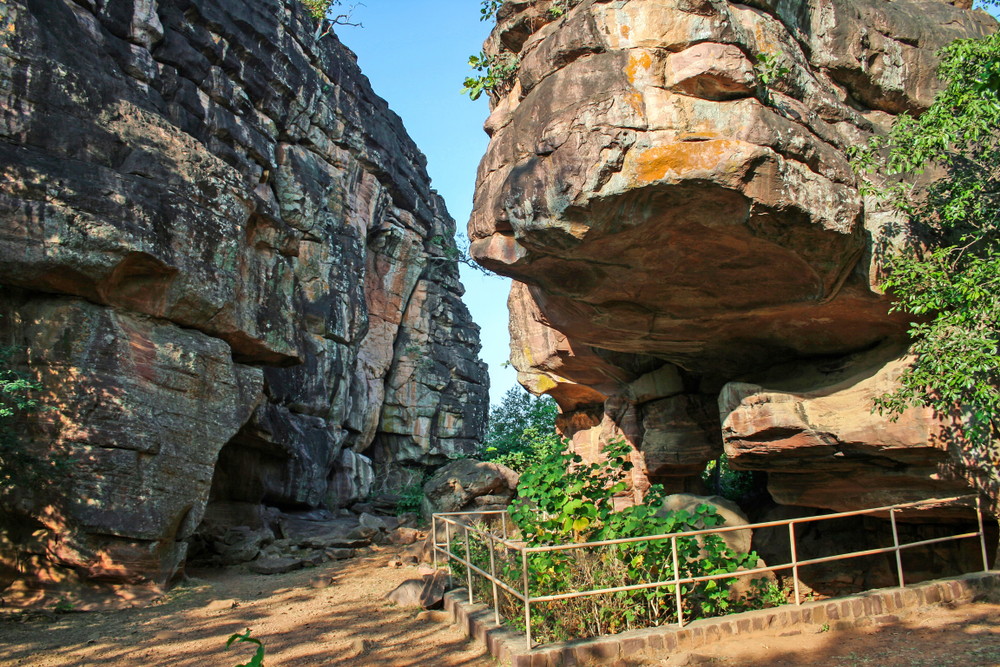
The Bhimbetka Caves, located in the Indian state of Madhya Pradesh, are one of the oldest known human settlements. The caves contain stunning rock paintings that date back over 30,000 years, depicting early human life and wildlife. Unlike the more famous cave paintings of Europe, Bhimbetka remains relatively unknown to the masses.
The caves are carved into the Vindhya Mountains and provide a glimpse into the prehistoric period of India. The paintings in the caves are some of the oldest evidence of human civilization in South Asia. Visitors can explore a series of caves and admire the ancient artwork, which includes depictions of animals, people, and hunting scenes. It is a must-see destination for those interested in the early development of human culture.
Teotihuacan, Mexico (Off-Season)
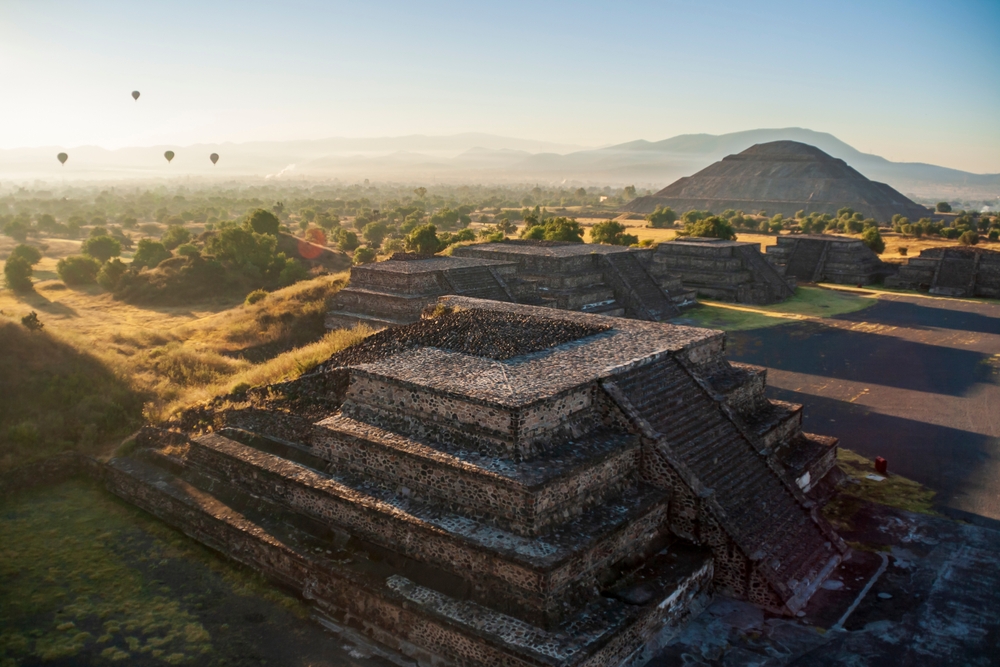
Teotihuacan, the “City of the Gods,” is home to some of the largest and most impressive pyramids in the world. Though it can get crowded, visiting early in the day or during the off-season allows you to experience the site without large crowds. The Pyramid of the Sun and Pyramid of the Moon dominate the landscape, offering spectacular views of the surrounding valley. The site’s layout and architecture are a testament to the advanced planning of the ancient civilization.
The city of Teotihuacan was one of the most influential in ancient Mesoamerica, and its remains are a fascinating mix of art, architecture, and history. The Avenue of the Dead, which runs through the center of the site, offers visitors the chance to walk in the footsteps of ancient people. With its less-visited corners and open space, Teotihuacan provides a serene setting to reflect on the mysteries of the ancient world.
Machu Picchu, Peru (Early Morning)
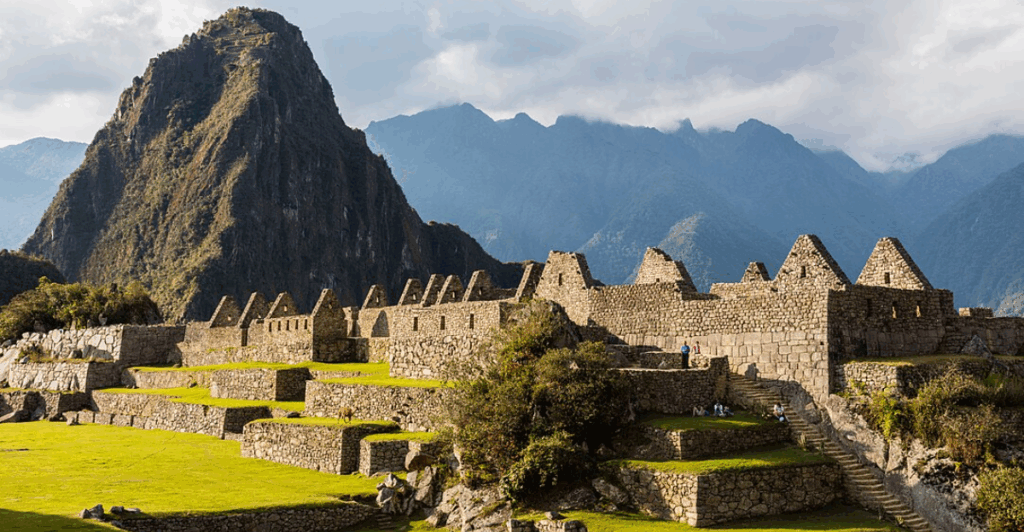
While Machu Picchu is a well-known destination, visiting early in the morning can offer a more peaceful experience. This Incan city, perched high in the Andes, remains one of the most awe-inspiring archaeological sites in the world. The mist-covered mountains and ancient stone structures create an almost magical atmosphere, especially in the early hours. With fewer tourists around, you can enjoy the beauty of the site and its surroundings without the usual crowds.
The site’s connection to the Inca civilization makes it one of the most important historical locations in South America. Machu Picchu’s advanced engineering and breathtaking architecture are complemented by spectacular views of the Andes. The site’s remote location, combined with the early morning visit, ensures that you can explore the terraces, temples, and paths without the usual distractions.
Cahokia Mounds, United States
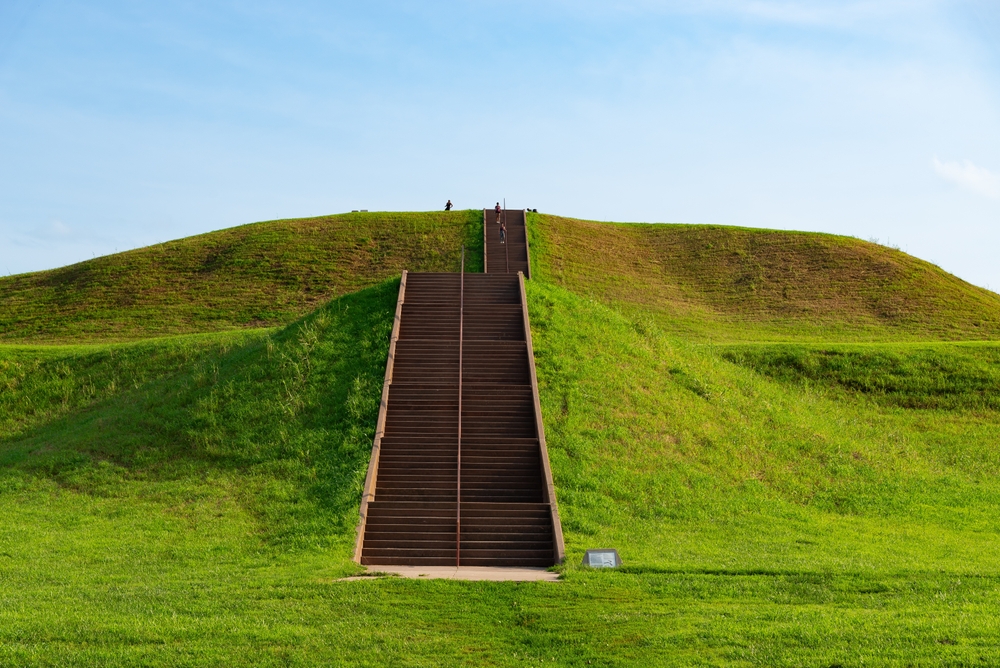
The Cahokia Mounds in Illinois are the remains of a large pre-Columbian city built by the Mississippian culture. Once home to thousands of people, Cahokia was the largest urban center in pre-contact North America. Today, the site is mostly overlooked by tourists, making it a peaceful spot to explore. The most notable feature is Monks Mound, the largest earthen construction in North America.
Cahokia’s mounds served as ceremonial centers, residential areas, and burial sites. The park surrounding the mounds is a quiet space where visitors can walk along trails and explore the ancient structures. The site offers a unique opportunity to learn about a complex, ancient society that flourished long before European settlers arrived.
Mohenjo-Daro, Pakistan
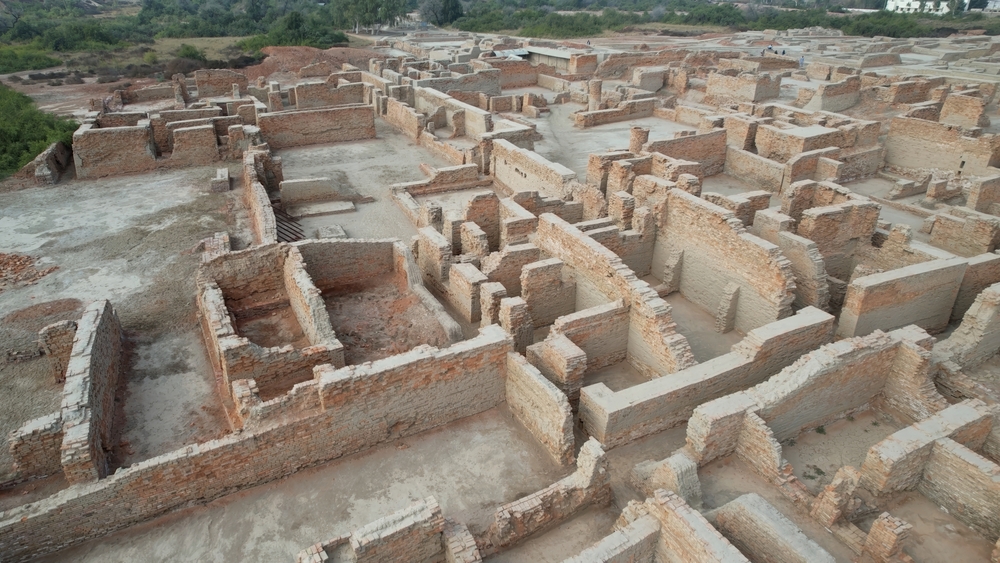
Mohenjo-Daro is one of the most important cities of the ancient Indus Valley Civilization, and it remains relatively unknown to most travelers. The city, located in modern-day Pakistan, was one of the world’s earliest urban centers. Its well-planned streets and advanced drainage systems reveal the ingenuity of its builders. The site offers a rare chance to explore one of the oldest and most sophisticated civilizations without the crowds of more popular ruins.
Mohenjo-Daro was a thriving city over 4,000 years ago, yet much of its history remains a mystery. The site includes the remains of public baths, granaries, and homes, showcasing the advanced architecture and urban planning of its time. Due to its remote location and lack of mainstream tourism, Mohenjo-Daro provides an authentic and tranquil experience. It is an essential stop for anyone interested in the ancient history of the Indian subcontinent.
Sacsayhuamán, Peru
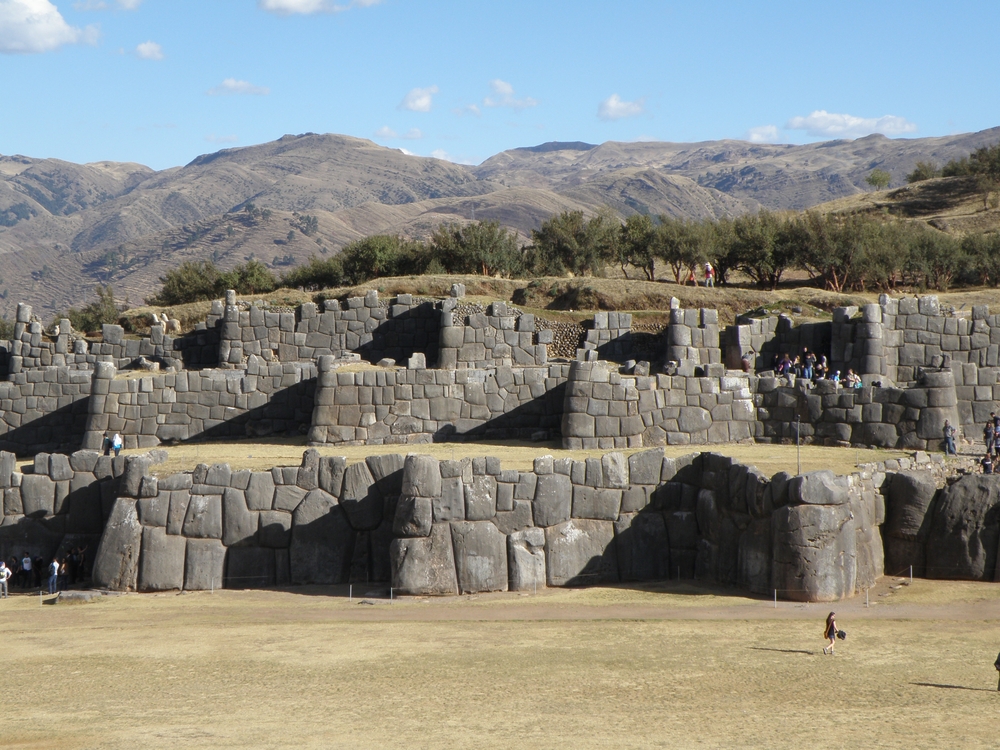
Sacsayhuamán is an ancient Incan fortress located just outside Cusco, Peru. The site is known for its massive stone walls, which were carefully constructed without mortar, making it one of the most impressive examples of Incan engineering. While it is close to the popular city of Cusco, the fortress remains relatively uncrowded, offering a peaceful setting for exploration.
Sacsayhuamán was once an important ceremonial site and military stronghold. The precision of the stonework and the size of the stones are astonishing, with some weighing several tons. The site offers stunning views of the surrounding area, including the city of Cusco and the nearby Andes mountains. Sacsayhuamán is a must-visit for anyone interested in Incan history and architecture, without the distractions of large crowds.
Karnak Temple Complex, Egypt
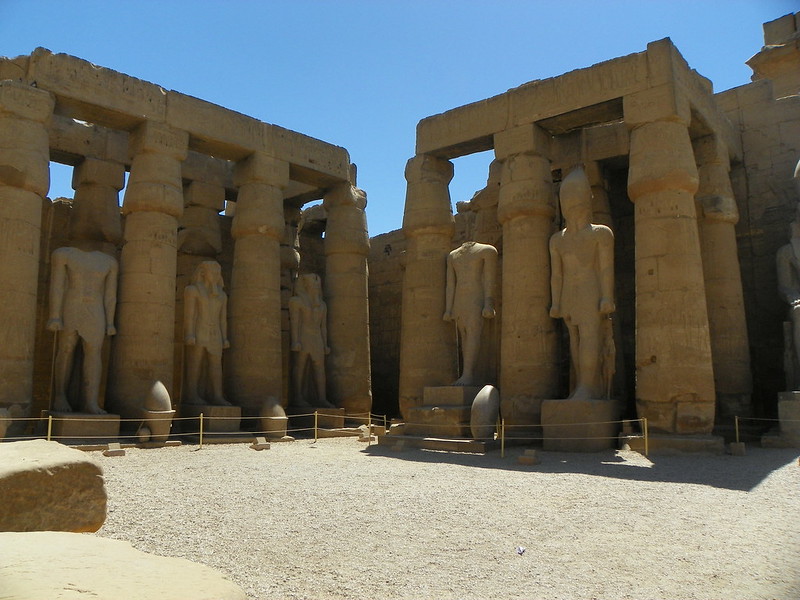
The Karnak Temple Complex is one of the largest and most impressive religious sites in Egypt. While the nearby Valley of the Kings often steals the spotlight, Karnak offers a quiet and awe-inspiring experience. Visitors can explore massive columns, towering statues, and sacred sanctuaries. The less-visited parts of the complex provide a more intimate connection to ancient Egyptian spirituality and architecture.
The temple was dedicated to the Theban Triad, including the god Amun-Ra, and its construction spanned centuries. Karnak’s intricate carvings and massive stone structures offer a glimpse into the grandeur of ancient Egyptian religion. While some areas are more visited, the outer parts of the temple are usually quieter and allow for a more peaceful exploration.
Dura-Europos, Syria
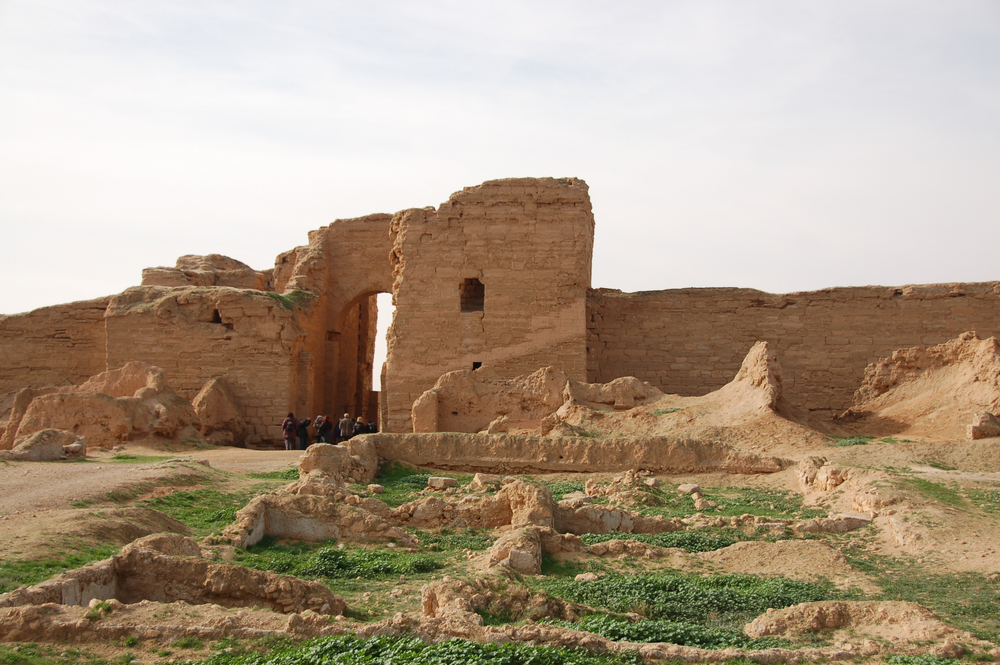
Dura-Europos is an ancient city located in present-day Syria, and its ruins remain largely untouched due to the site’s remote location. The city was a melting pot of cultures, with Persian, Roman, and Greek influences evident in its architecture and artifacts. The ruins include the remains of a temple, a synagogue, and a church, all showcasing the cultural diversity of the time. Despite recent conflicts in the region, Dura-Europos offers a unique chance to explore ancient history without the usual crowds.
The site was abandoned in the 3rd century AD, and much of its history was preserved through murals and inscriptions. The synagogue’s murals, in particular, depict biblical scenes and provide a fascinating insight into Jewish art of the time. Dura-Europos is a testament to the blend of cultures that once thrived in this ancient city.
This article originally appeared on Avocadu.
